The year 1963
Continuing from the previous issue, I made a pop-up card of a building in Arizona.
This time I chose a building in Birmingham. The model is the 16th Street Baptist Church.
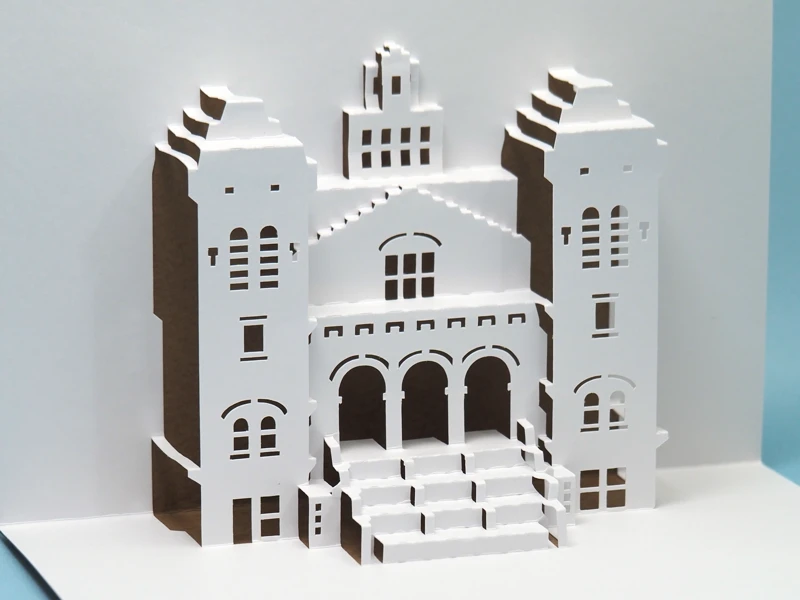
The church was founded in 1873 as the first colored Baptist church in Birmingham.
The current building was constructed in 1911.
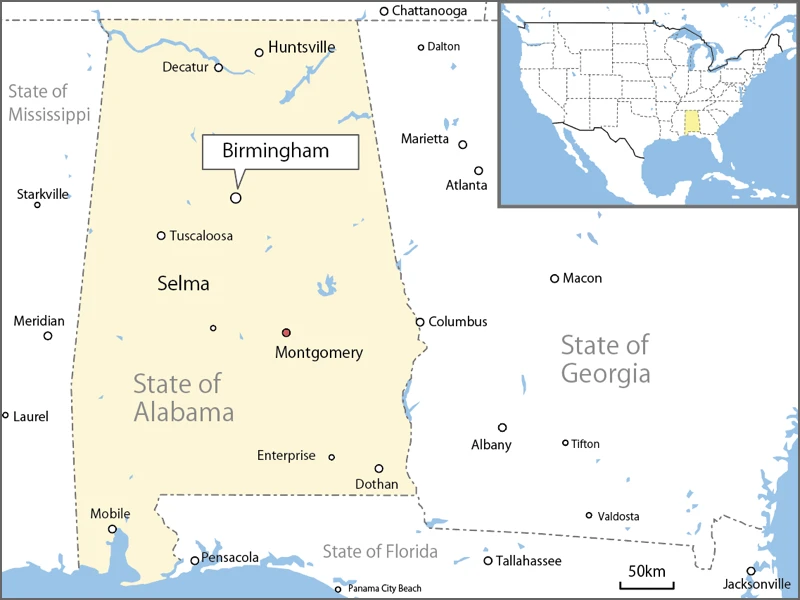
It was a center of action during the Civil Rights Movement of the 1960s to protest racial discrimination.
On September 15, 1963, Ku Klux Klan members detonated bombs in the church. Four girls in the church were killed and 22 others were injured.
Since 1963 was a year of significant events regarding the civil rights movement in the South, let’s see what happened before and after.
(1) Ole Miss riot of 1962 (September 30-October 1)
James Meredith, a black male, petitioned for admission to the University of Mississippi (commonly called Ole Miss), but was denied by the school and Mississippi Governor Ross Barnett. President Kennedy negotiated with the governor to gain admission, but without success. Meredith visited the university, accompanied by federal officials.
With their visiting, a riot broke out on campus and federal officials and reporters were attacked.
Kennedy dispatched troops to quell it. The riot and the federal government’s control of the campus marked a turning point in the civil rights movement.
(2) Birmingham Campaign
Birmingham, Alabama was a town where discrimination against blacks was intense. Blacks staged nonviolent protests for the elimination of discrimination. They held sit-ins and demonstrations, and by the beginning of May, more than 3,000 people had been arrested.
Children joined the protests on May 2, with 6,000 people between the ages of 6 and 16 marching.
The next day, police released police dogs against the march, and firefighters sprayed the children with water. This was broadcast on television, and criticism grew.
(3) Kennedy’s Announcement (June 11, 1963)
President Kennedy announced on television that he would introduce legislation to guarantee the right of all Americans to be served in public facilities. The bill would prohibit desegregation, remove subsidies for racially discriminatory local projects, and guarantee the right to vote to all citizens who have completed a six-year education.
(4) Evers Assassination (June 12)
Medgar Evers, who had worked for the advancement of blacks in Mississippi, was also a supporter of Meredith in (1). The morning after Kennedy’s broadcast, whites assassinated him.
The perpetrator was arrested, but the white jurors acquitted him.
(However, the case was litigated again in 1994, where the perpetrator was found guilty.)
(5) March on Washington (August 28)
The Civil Rights Movement and others planned a massive march on Washington, D.C., to demand passage of President Kennedy’s proposed civil rights bill.
A quarter of a million people participated in the massive demonstration. It was at this time that Martin Luther King Jr. delivered his “I have a dream” speech.
(6) 16th Street Baptist Church bombing (September 15)
In response to Kennedy’s civil rights bill, white terrorist violence further escalated in the South.
In September, members of the KKK in Birmingham planted bombs in the church, killing four black schoolgirls and injuring 22 others.
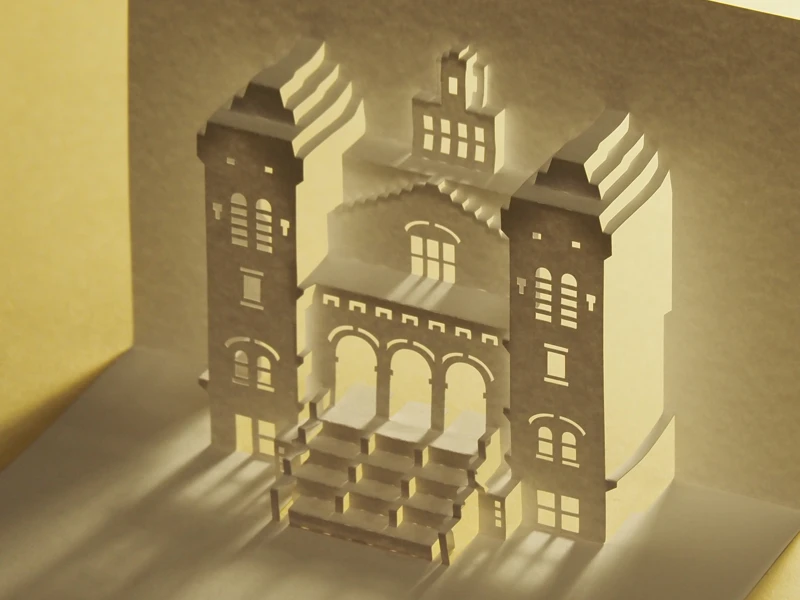
(7) Kennedy Assassination (November 22)
President Kennedy, who had urged Congress to pass legislation guaranteeing the rights of African Americans, was assassinated in Dallas, Texas.
(8) Civil Rights Act passed (July 2, 1964)
Johnson, who became president after Kennedy’s death, called for passage of the Civil Rights Act, which passed the House of Representatives in February. But Southern Democrats staunchly opposed it, offering more than 500 amendments and making lengthy speeches to filibuster. It passed the Senate on June 19 and was signed by the president on July 2.
*****
The Civil Rights Act was passed and black suffrage was supposed to be guaranteed.
However, there were strong movements in the South to prevent blacks from registering to vote, and many blacks remained unable to register.
One of the actions taken to seek the right to vote was the march from Selma to Montgomery in 1965.
In addition, there was another memorial service in 2013 for the 16th Street Baptist Church bombing.
It was the time 50 years after the incident, “Four Spirits" statue was erected in the park diagonally across from the church in memory of the victims of the incident.
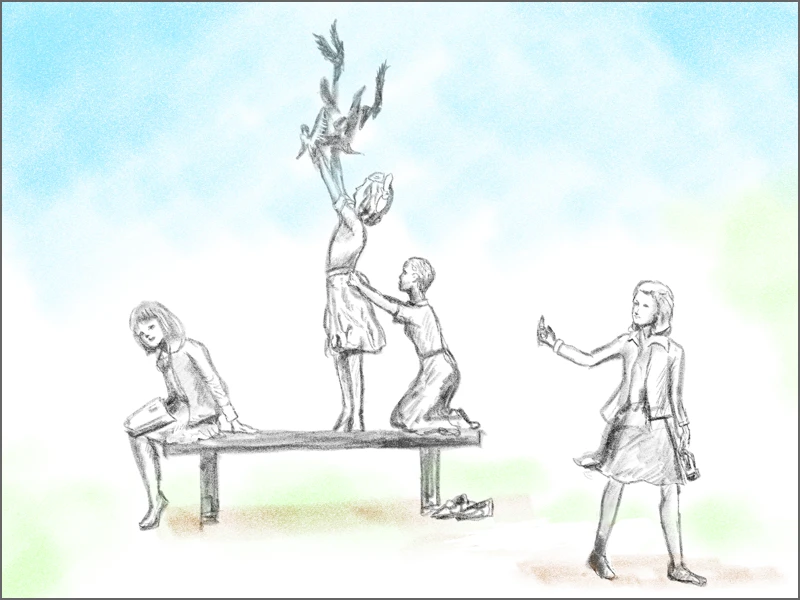
[Reference] (written in Japanese)
“The History of African Americans in America" (James M. Vardaman, translated by Yutaka Morimoto, / NHK Publishing / 2011)
“The History of African Americans in America, Expanded Edition" (Shinobu Uesugi / Chuko Shinsho / 2024)


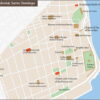



Discussion
New Comments
No comments yet. Be the first one!